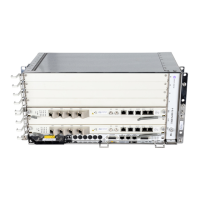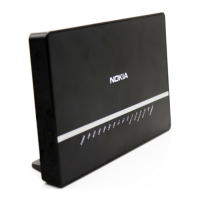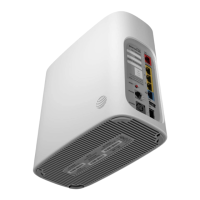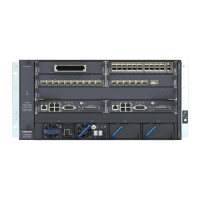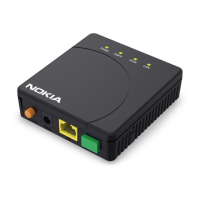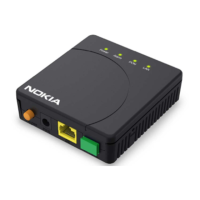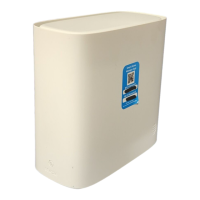ANSI Hardware Installation Manual Fiber optic handling and acceptance criteria
Issue: 09 3HH-12893-AAAA-TCZZA 463
DRAFT
•
items for cleaning:
• optical grade stick cleaners (swabs) that have a tightly wrapped tip (1.25 mm, 2.50
mm, and 4.0 mm)
• cassette cleaner (reel type or equivalent), or lint-free, nonabrasive cloths
• pure optical-grade isopropyl alcohol for cleaning connector end-faces
• a can of contaminant-free compressed air (dry nitrogen) for removing dust from the
receptacles or the connectors (ferrule and end-face surfaces)
Procedure 103 Inspection of fiber optic devices
Follow this procedure to inspect fiber optic devices.
1 Disconnect any power to the fiber optic device before inspection or cleaning.
2 If this is not a first-time inspection, gently disconnect the fiber optic connector from the
receptacle.
3 Using the inspection kit, inspect the receptacle.
If the receptacle is contaminated (that is, it does not pass acceptance criteria in “Acceptance
criteria for fiber optic device inspections”), clean the receptacle (see Procedure “Clean the
fiber optic receptacles”).
4 Inspect the cable jacket for nicks, cuts, bends, kinks, or other signs of damage.
Note — Do not use commercially compressed air or house air.
Danger — Never look into the end of an optical fiber while optical
power is being applied to the fiber. When cleaning or taking
measurements, avoid eye exposure to open-ended fibers and optical
connectors. The fibers and connectors may be connected to a laser
transmitter. Use a microscope and video monitor when inspecting the
end-face.
Note — Do not use the cable if there is damage.

